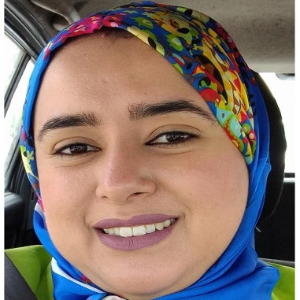Abstract:
Between 1975 to 2016 childhood obesity in children aged 5 to 19 increased from 1% to 6 and 8% in girls and boys respectively (WHO). The Global Nutrition Report 2020 revealing that childhood obesity will exceed underweight by 2022 and which would be due in particular to the existence of a strong association between eating disorders and obesity. This study focuses on the impact of eating behaviour, eating habits and lifestyle on the weight status of 219 children aged 7 to 12 in the peri-urban area of Casablanca, Morocco.
Materials And Methods: We conducted a cross-sectional survey and recruited children aged 7 to 12 from the region of Tit mellil peri-urban area of Casablanca, Morocco. All participants completed a CAP Scoring Assessment Questionnaire. The questionnaire was divided into three sections: food groups, eating behavior and lifestyle. The height measurement was carried out by a vertical measuring rod, the weight and the BMI using an impedence meter (krada scan). Body status was assessed by comparing BMI to WHO 2008 reference standards.
Results: The study involved 219 children (including 125 girls and 94 boys), the mean age was 9.53 ± 1.48, the prevalence of overweight and obesity was 14.2%(95% CI (19.30,20.49)) and 11.9% (95% CI (22.13,24.40)) respectively according to the 2008 WHO references. Several characteristics differentiate overweight or obese children from normal-weight children: overweight or obese children are less likely to eat breakfast often (10.95% vs 26.48%). The majority of overweight or obese children do not practice any sporting activity (7.3%), andsleep less than 8 hours at night than normal-weight children (12.87% vs 29.26%)
Conclusion and perspectives: In Morocco overweight and obesity are variable, with prevalence of 8% and 3% respectively according to WHO standards in children aged 8 to 15 years (Sebbani et al., 2013). The overweight and obesity estimated respectively at 14.2% and 11.9% according to the 2008 WHOreferences, hence the interest of implementing a preventive strategy in order to slow the progression of this problem is necessary. Accordingly, the promotion of a healthy diet and the establishment of regular extracurricular physical activity in youth centers and the encouragement of the creation of health and sports clubs in schools is also of great importance.
Audience take-away:
- Children’s and adolescent’s obesity is a major health public problem in developed and developing countries.
- This study will serve them to recognize the nutritional state and the nutritional status of children living in the peri-urban area of a city located in Morocco.
- This will be useful for setting up an international strategy to fight or slow down childhood obesity
- To study impact of the dietary profile on the nutritional status of school children in the peri-urban area of Casablanca, Morocco.




